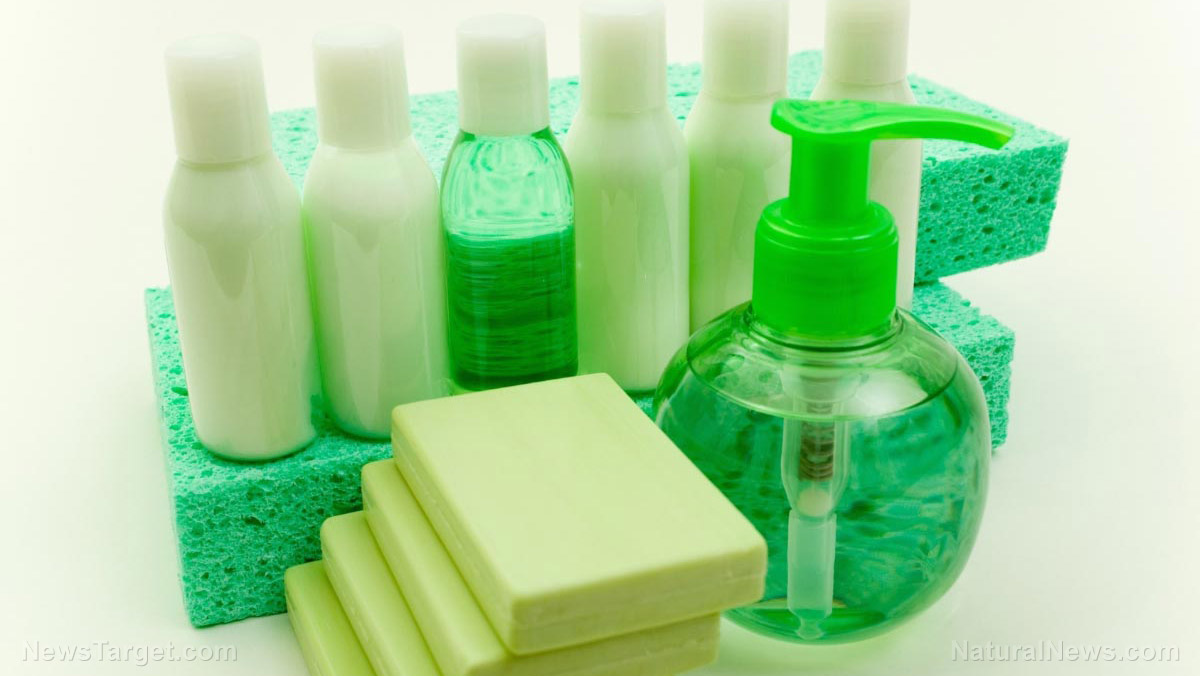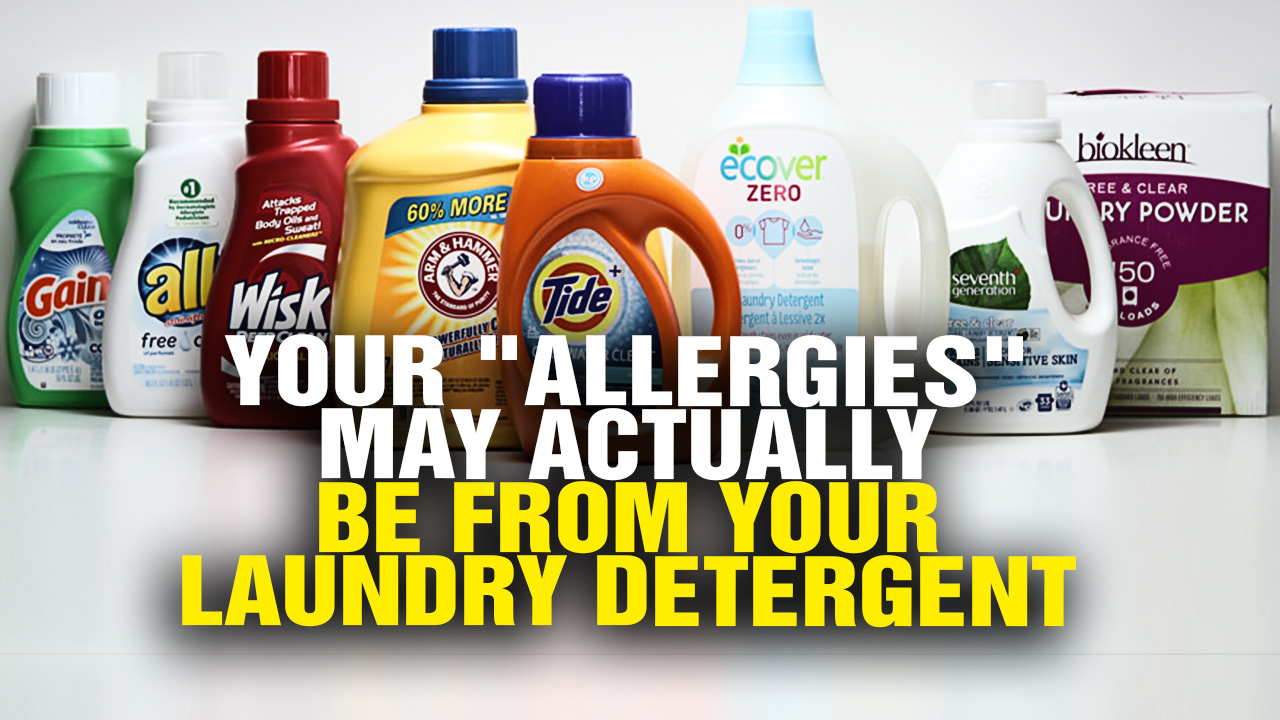Cocamidopropyl Betaine — toxicity, side effects, diseases and environmental impacts
11/29/2017 / By Rita Winters

Cocamidopropyl betaine (CAPB) is an amphoteric surfactant, a part of a class of ingredients called amidopropyl betaines. It is derived from coconuts by mixing raw coconut oil and 3-dimethylaminopropylamine, the product which is used to produce more foam. Cocamidopropyl betaine is largely used as a surfactant and a viscosity increasing agent in cosmetic and personal care products. This compound behaves like most cleansing agents by mixing with oil, water and dirt to be rinsed off.
Other names and synonyms of cocamidopropyl betaine include: Amphoteric L; lauroylamide propylbetaine; 4292-10-8; Softazoline LPB; Obazoline CAB; lauroylaminopropyldimethylaminoacetate; 1-propanaminium, N-(carboxymethyl)-N,N-dimethyl-3-((1-oxododecyl)amino)-, inner salt; N,N-Dimethyl-N-dodecanoylaminopropylbetaine; 2-[3-(dodecanoylamino)propyl-dimethylazaniumyl]acetate; and lauroylamide propylbetaine.
Products that have cocamidopropyl betaine use chemical warning labels such as harmful irritant, skin sensitizer, corrosive, and hazardous to the environment. However, it is sometimes masked in “natural” beauty products by including “coconut-based agents” in the label. It is associated with irritation and allergic skin reactions due to cocamidopropyl betaine itself or the impurities present in it, such as 3-dimethylaminopropylamine.
CAPB replaced cocamide diethanolamine (cocamide DEA), a product of coconut oil mixed with diethanolamine, after California listed the latter as a known carcinogen in 2012. CAPB is not supposed to cause irritation to the mucus membraines or cause irritation, but records and studies show otherwise. In certain conditions, these amines can produce carcinogenic nitrosamines, but further experimentation is required.

List of known side effects
Cocoamidopropyl betaine can cause skin and eye irritation, itching, blistering and burning sensations. Affected areas are mostly on the head, neck, back and upper extremities. It may also cause serious eye and skin damages, and chronic allergic skin reactions. CAPB is very toxic to aquatic life, and residues may have long-lasting effects on aqueous organisms.
Body systems affected by cocamidopropyl betaine
CAPB greatly affects the skin and eyes. It is a possible carcinogen as cocamide DEA, another coconut derivation, was found to be.
Items that may contain cocamidopropyl betaine
Bath and beauty products labeled as “natural” or “coconut-based” may contain cocamidopropyl betaine. Examples are shampoos, soaps, hair conditioners, hair spray, toothpaste, baby bath, bubble bath mixtures, contact lens solutions, makeup removers, bath gels, gynecologic and anal hygiene products and other skin cleansing solutions. Other items not used on the body may also contain this toxic chemical. These include household cleaning products, laundry detergents, hand dishwashing liquids, hard surface cleaners and antistatic agents.
How to avoid cocamidopropyl betaine
Always read the label of the product you are looking to buy or use. If it claims to have “natural” ingredients, check for the words “cocamidopropyl betaine” or “coconut-based cleansing agent”. Synonyms and other names for cocamidopropyl betaine are listed above, and may help identify products that have this toxic chemical.
When eye irritation occurs from exposure to cocamidopropyl betaine, make sure to irrigate the eyes immediately. If skin rashes occur, rinse well with water. In case of ingestion, contact medical services immediately. If symptoms as mentioned above occur from any route of exposure, deliver the victim to the nearest emergency department for appropriate treatment. Do not use products that have these toxic chemicals on children or babies since they have more sensitive skin than adults.
Where to learn more
- Dr. Bronner’s Magic Soaps Sues Estee Lauder and Others Over “Organic Cheater” Labeling
- Dove’s ‘natural’ beauty products contaminated with cancer causing chemicals, fake dyes and toxic fragrances
- Poison.news
- Chemicals.news
- Toxins.news
Summary
Cocamidopropyl betaine may cause skin allergies and eye irritation.
Cocamidopropyl betaine is a potential carcinogen and may cause cancer.
Sources include:
Tagged Under: Cocamidopropyl Betaine




















